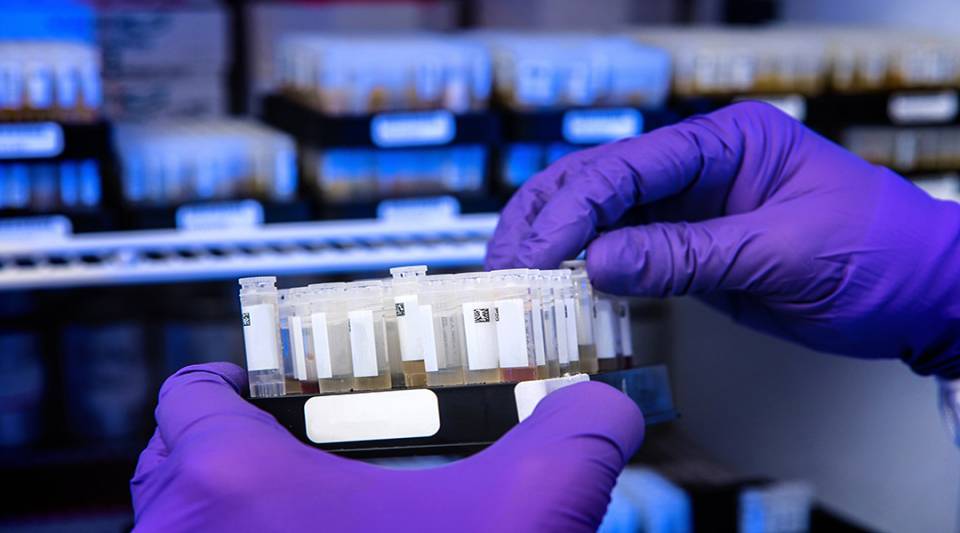The start of treatment after an ischaemic event, such as a heart attack or stroke may be too late. Therefore, it is very important to find strategies to effectively reduce vascular risk. In other words, it is important to both prevent the formation or growth of the atheroma plaque and to detect it early before it breaks and forms a clot. Since each person does not have exactly the same risk of an ischaemic event, one of the greatest challenges currently in medicine is to be able to predict more precisely who is at greater risk of suffering from it.
There are currently equations used in clinical practice to calculate the risk of suffering from infarction or stroke within 5-10 years, by taking into account different factors such as age, smoking, blood pressure and cholesterol level. Unfortunately, these tools have limited sensitivity, and more than half of people who develop a heart attack or stroke are classified in intermediate or low risk categories. This highlights the need to identify valid, reliable and accessible circulating blood indicators, for example, capable of better identifying people with healthy arteries and those that have atherosclerotic disease. This would avoid the invasive techniques, or those which are too inaccessible, like the ones we have today to identify and quantify atherosclerosis. The use of these indicators would better stratify the risk of vascular disease in the population.
According to data from the National Institute of Statistics, ischaemic vascular disease is the major cause of death (surpassed only by Covid in 2020) and one of the first causes of reducing the quality of life in our country. Vascular diseases have their main origin in the atheroma plaque, which is a fatty deposit (of especially cholesterol) within arteries that decreases their effective diameter; therefore, making it more difficult for blood to flow properly throughout the body. Eventually, these fatty deposits break up and form a clot which travels through the bloodstream until it completely blocks an artery, leading to infarction or stroke, due to the lack of blood oxygen reaching the heart or brain.
The translational research group in diabetes, lipids and obesity of IDIBAPS, together with the Lipids and Vascular Risk Section in the Endocrinology and Nutrition Unit, are searching for blood biomarkers capable of discriminating between healthy people and those affected with atherosclerotic arteries. These people could benefit from a more intensive and adequate preventive evaluation and intervention at their actual risk level, helping both to reduce the disease and delay its progression and thus the appearance of a vascular event.
Author: Dr Gemma Chiva-Blanch, translational research group in diabetes, lipids and obesity of IDIBAPS and CIBEROBN (ISCIII).




